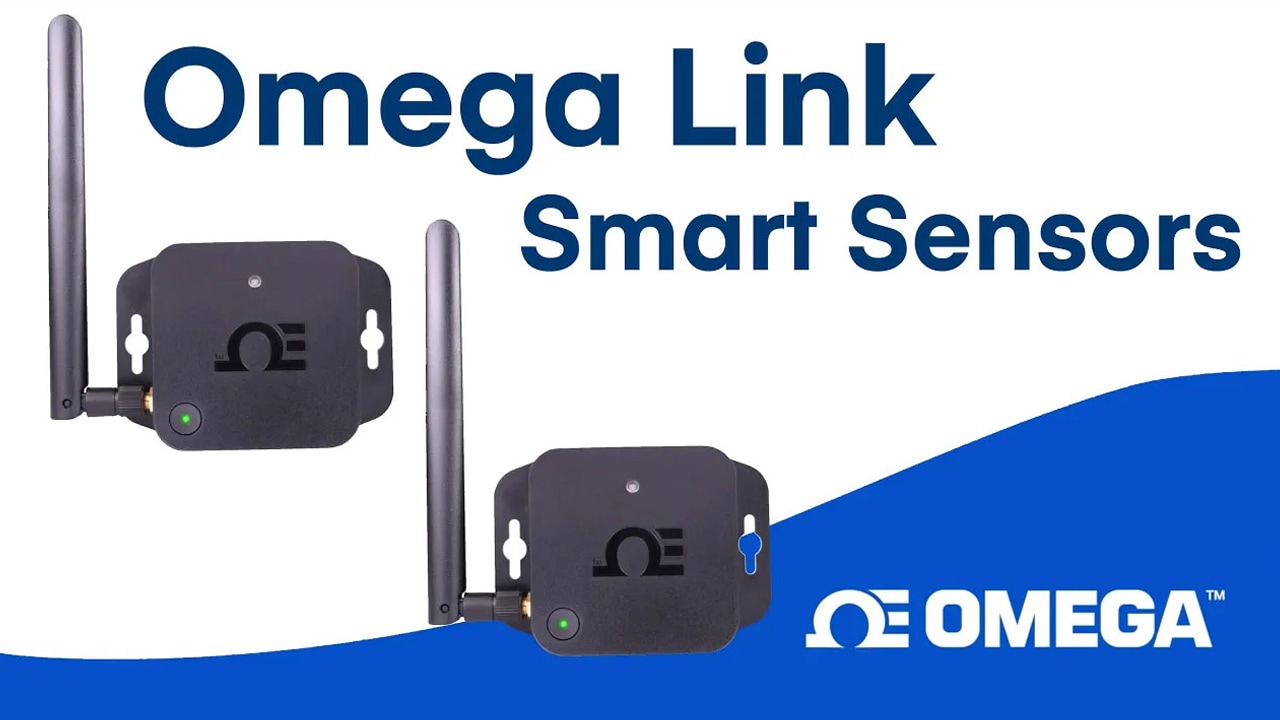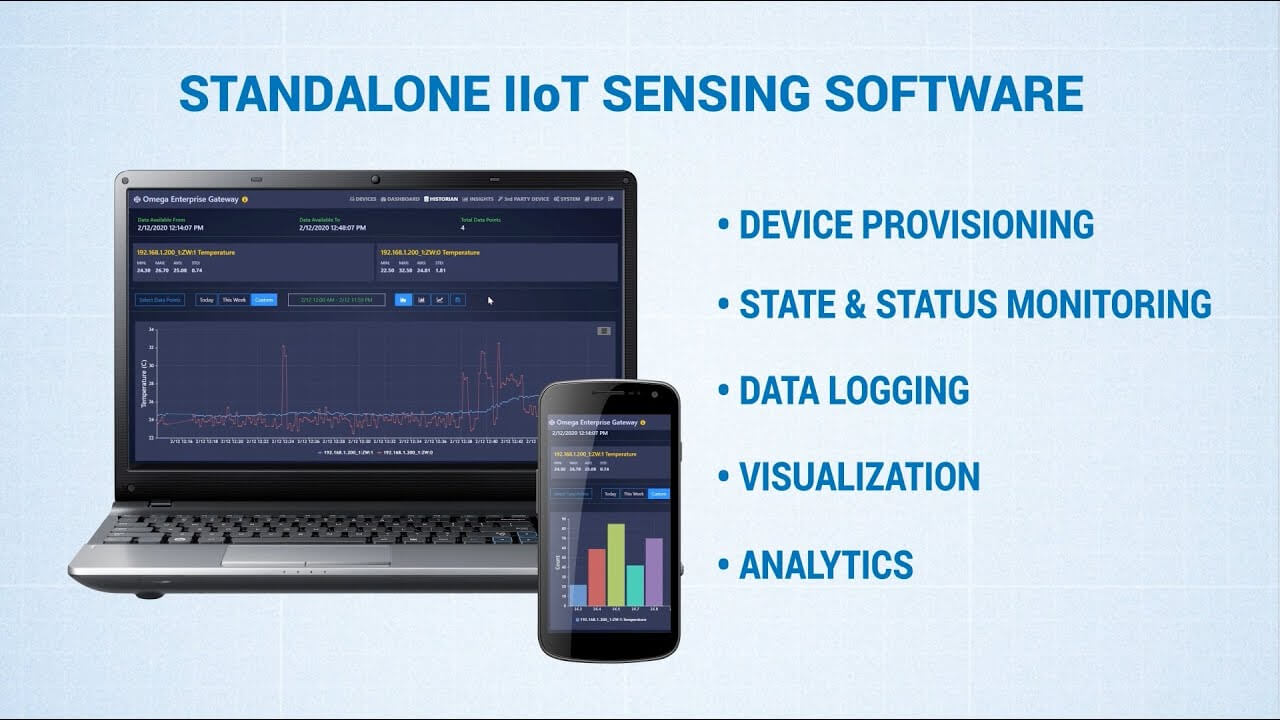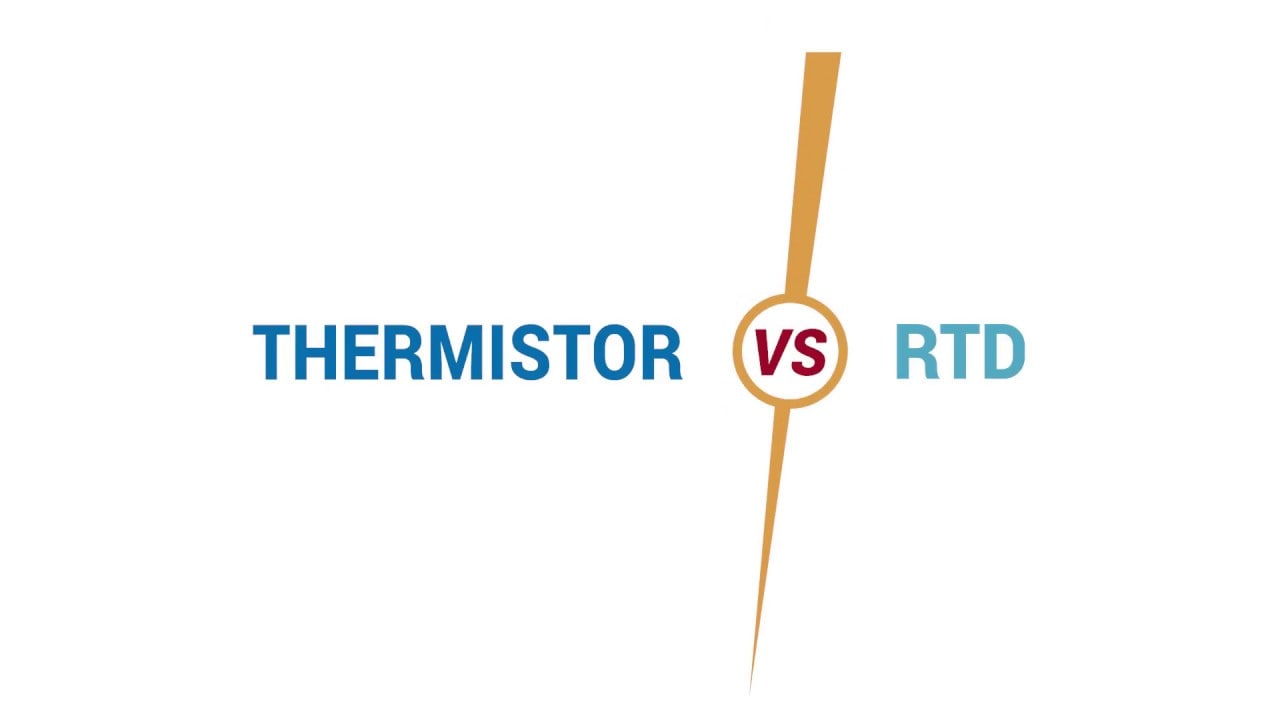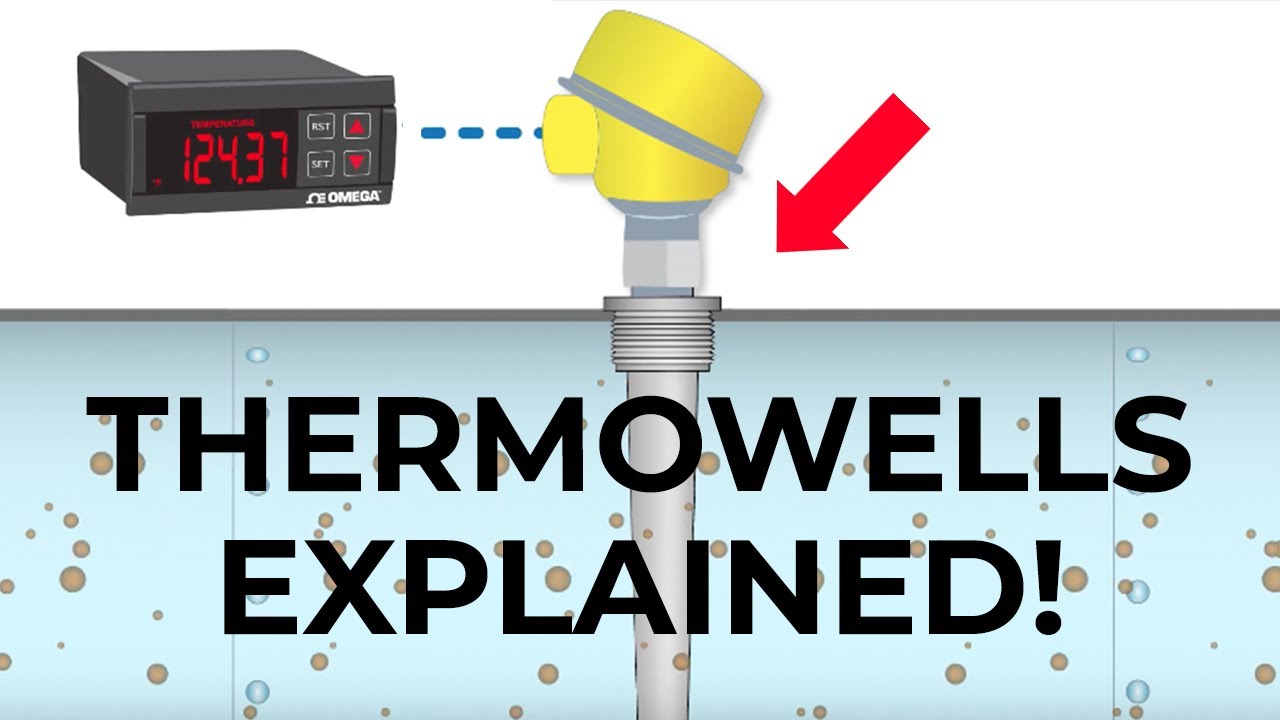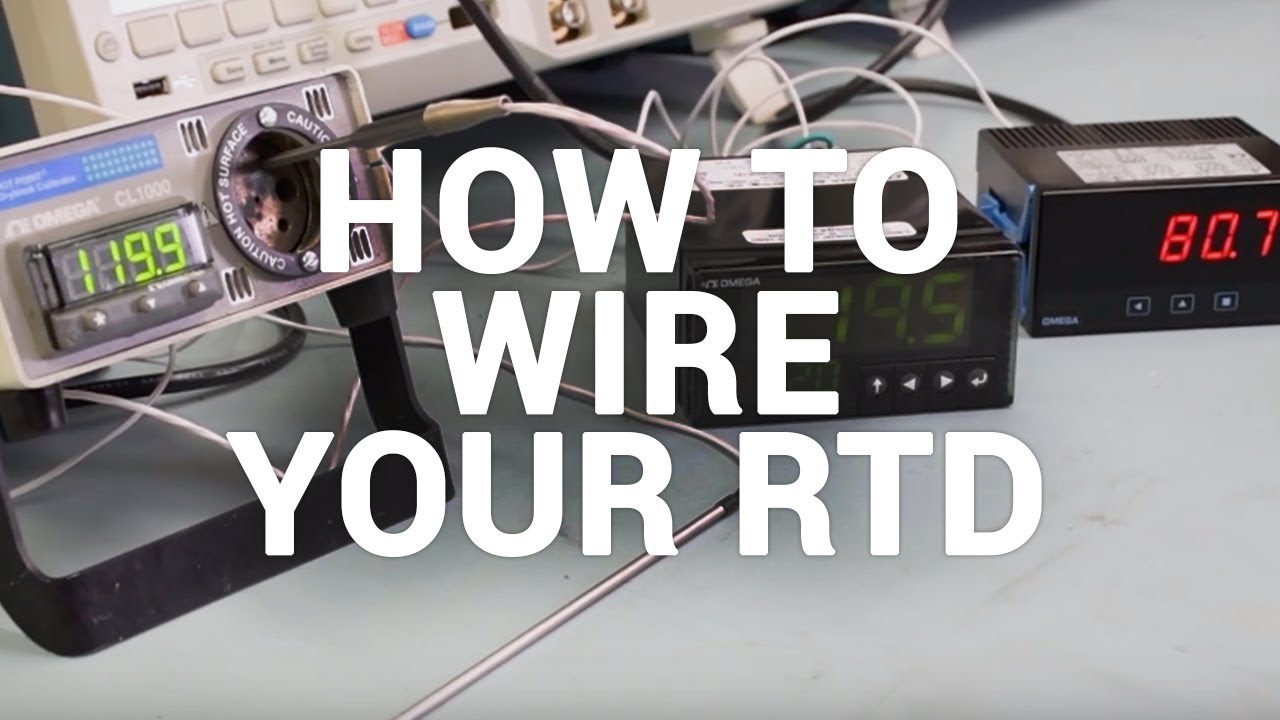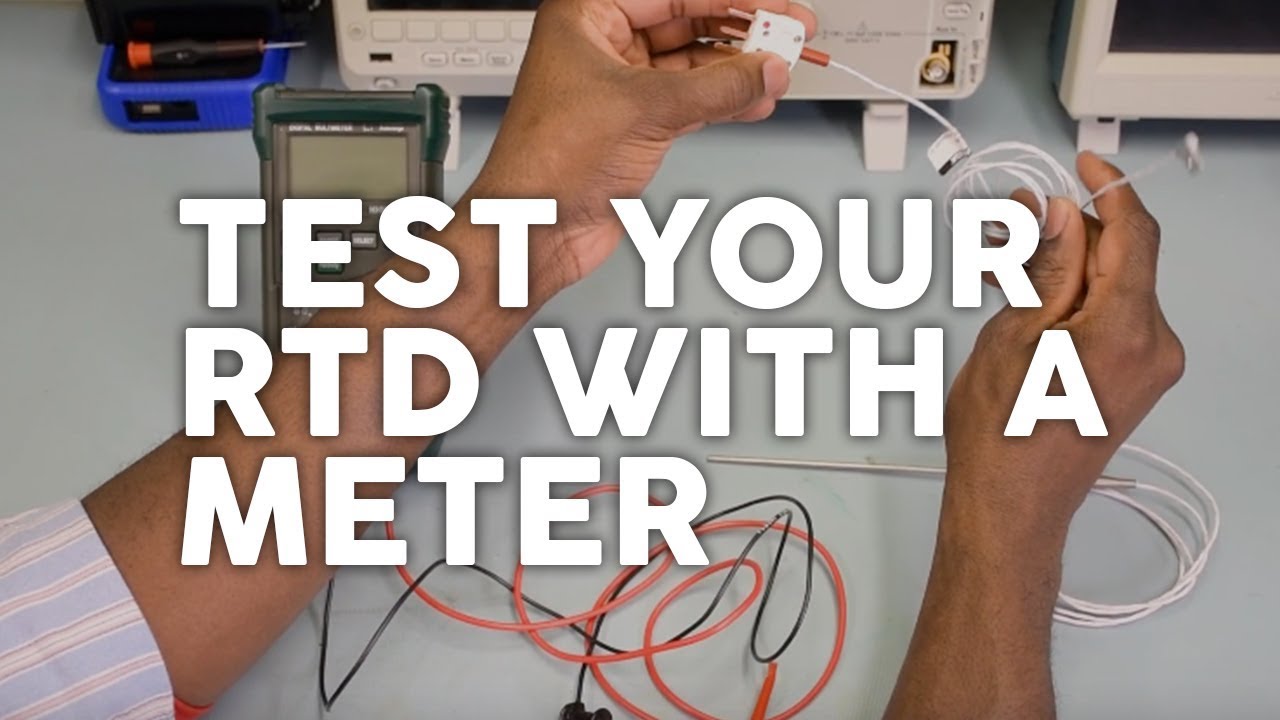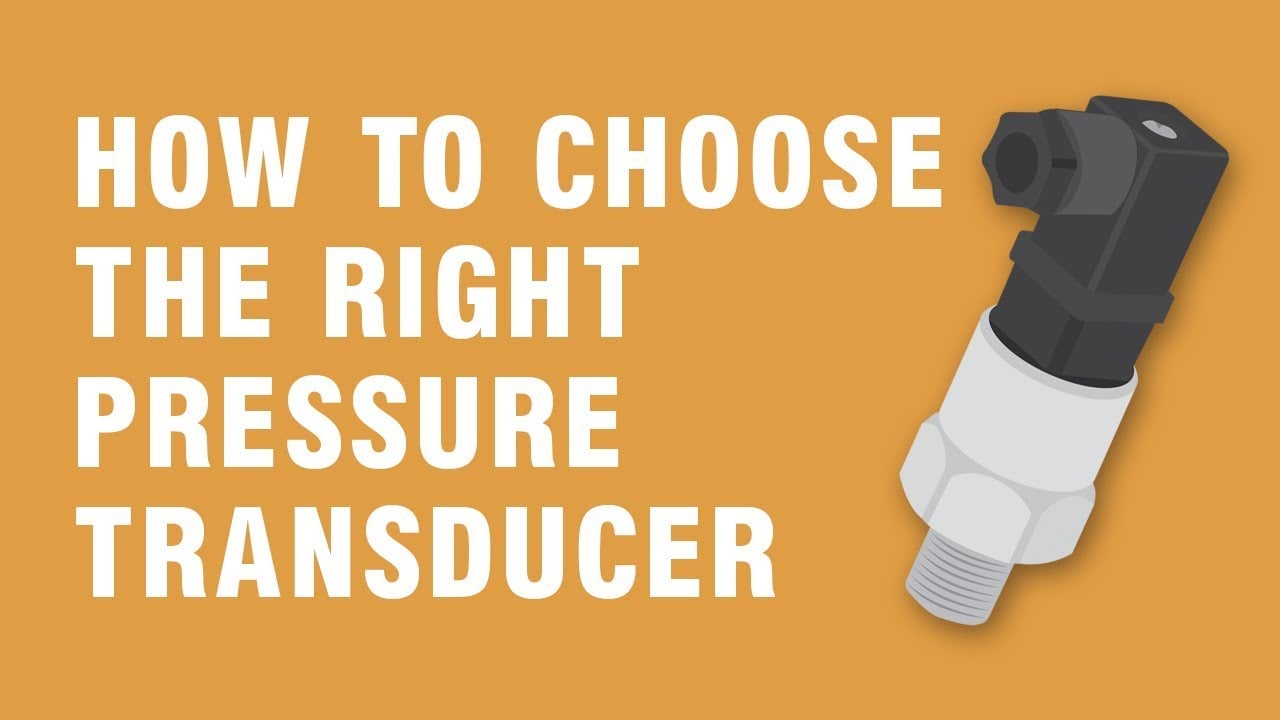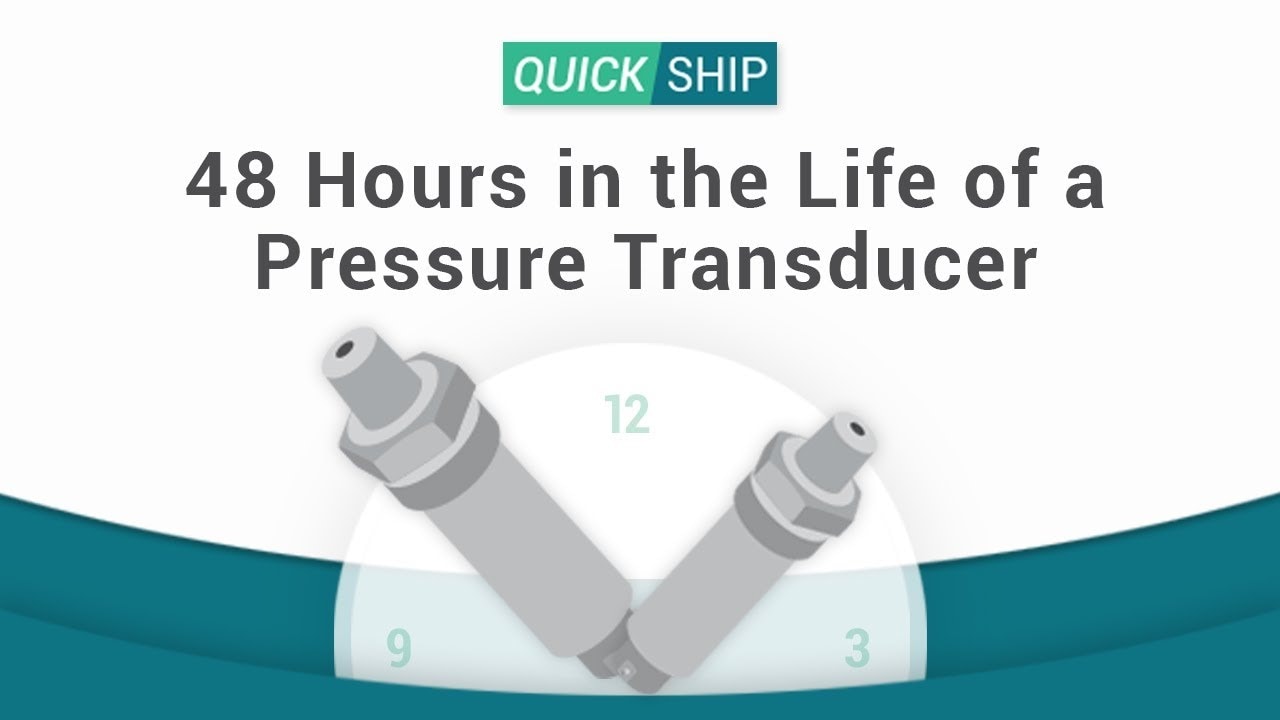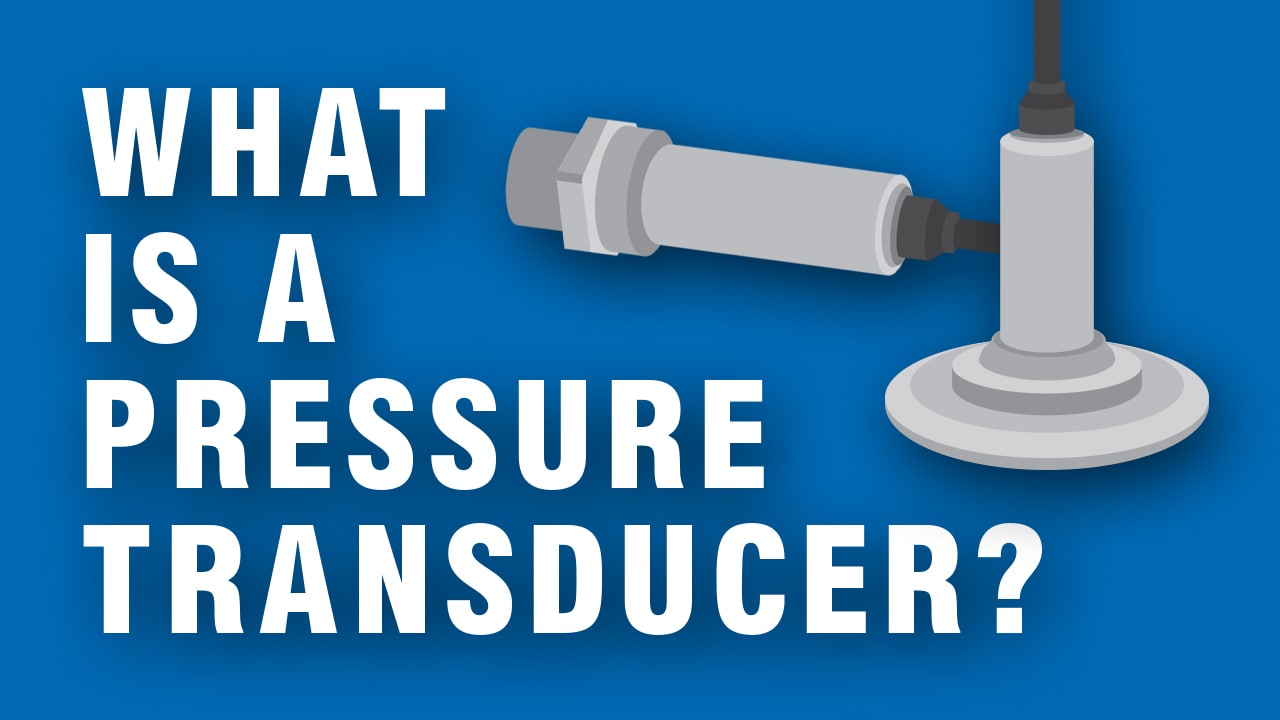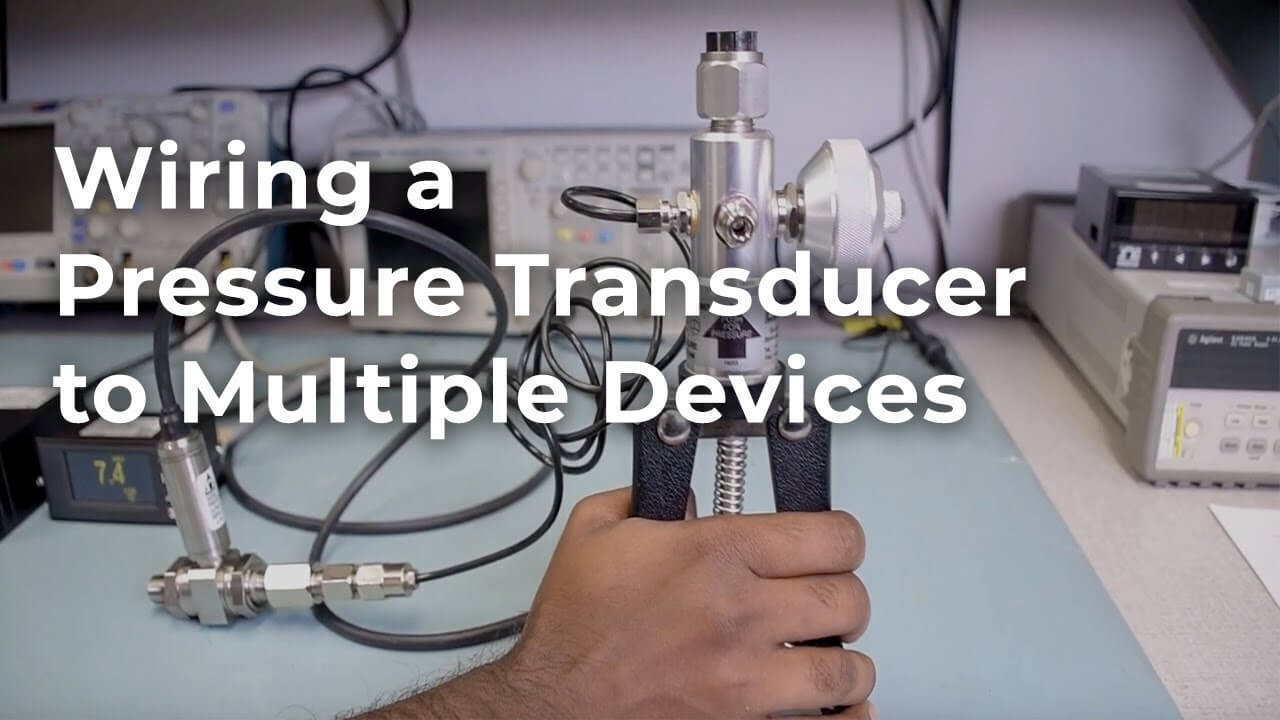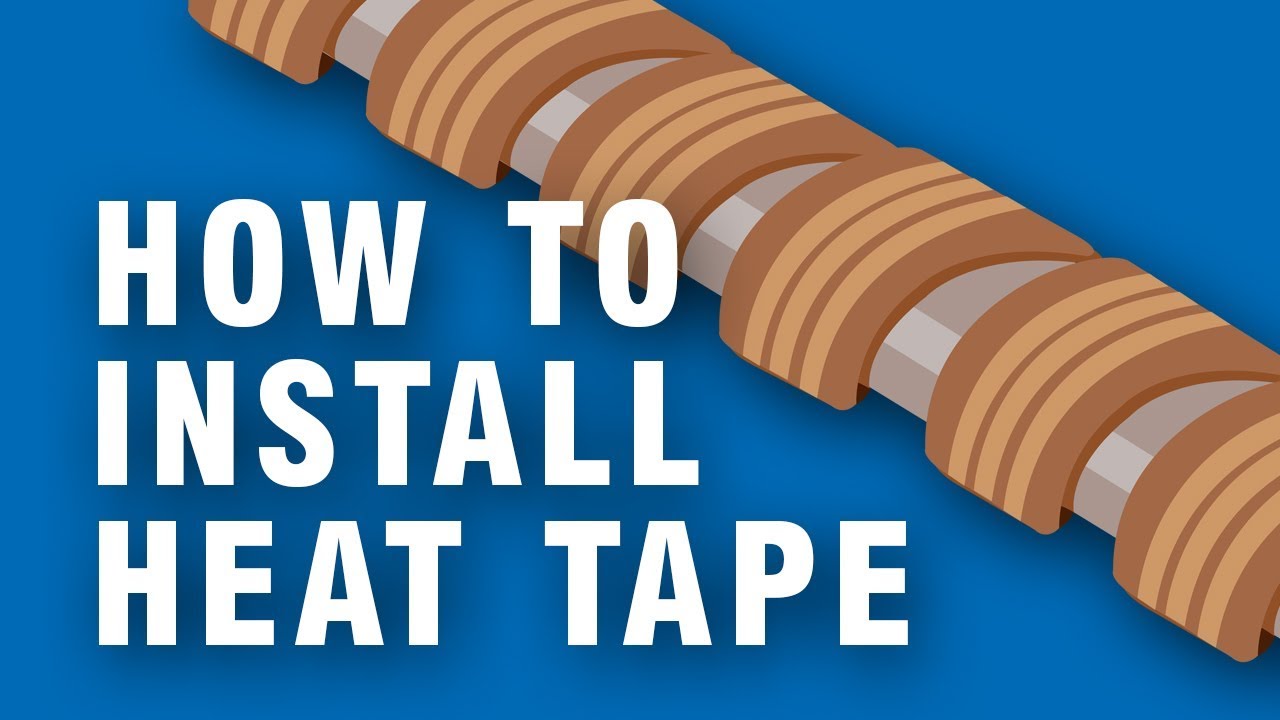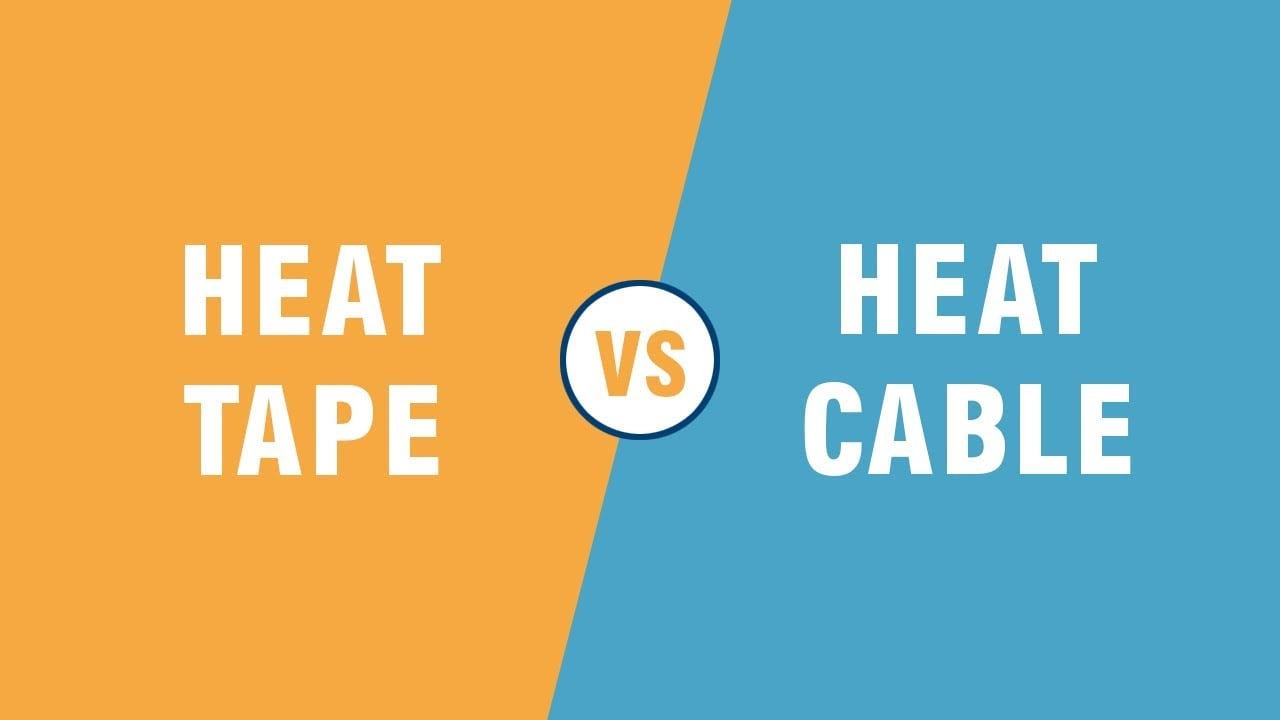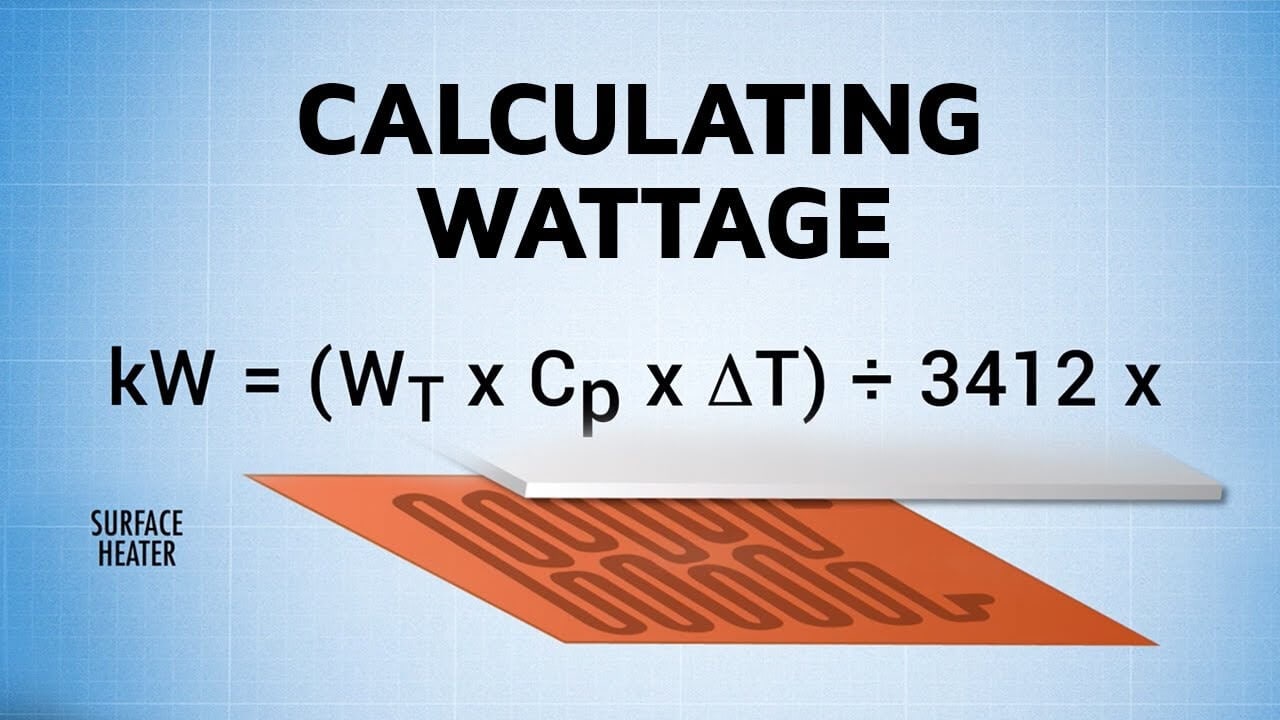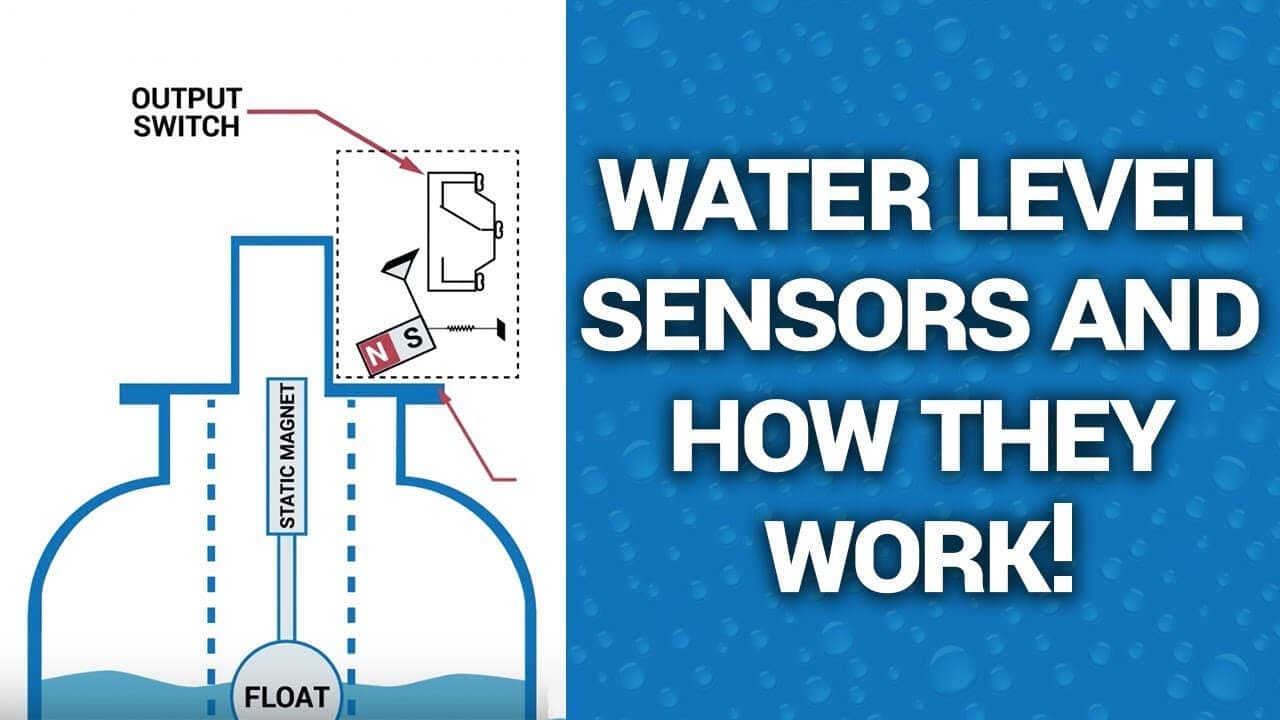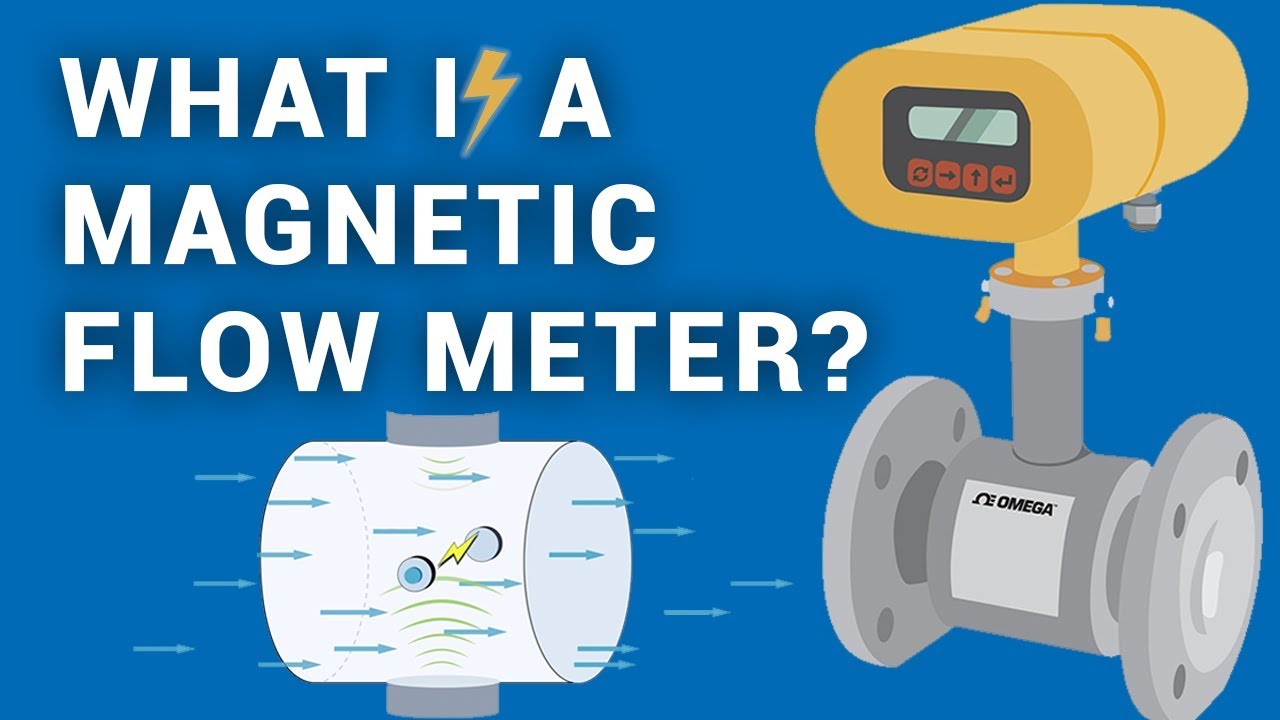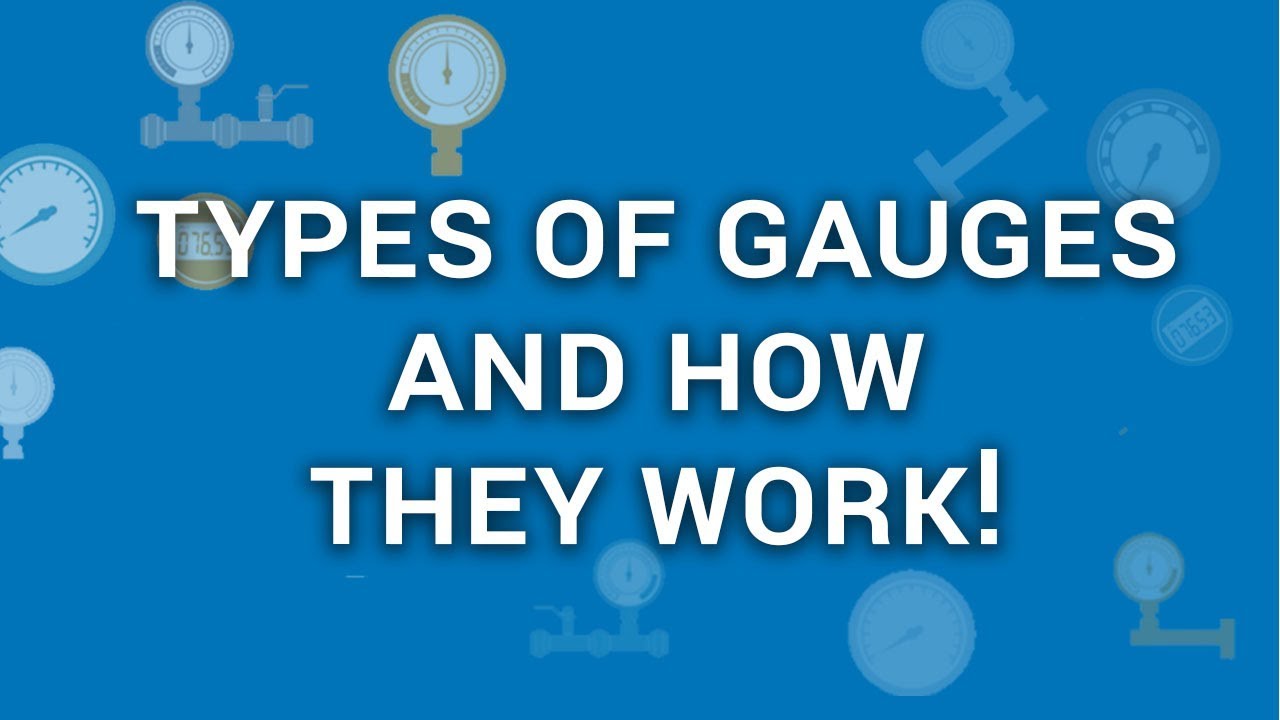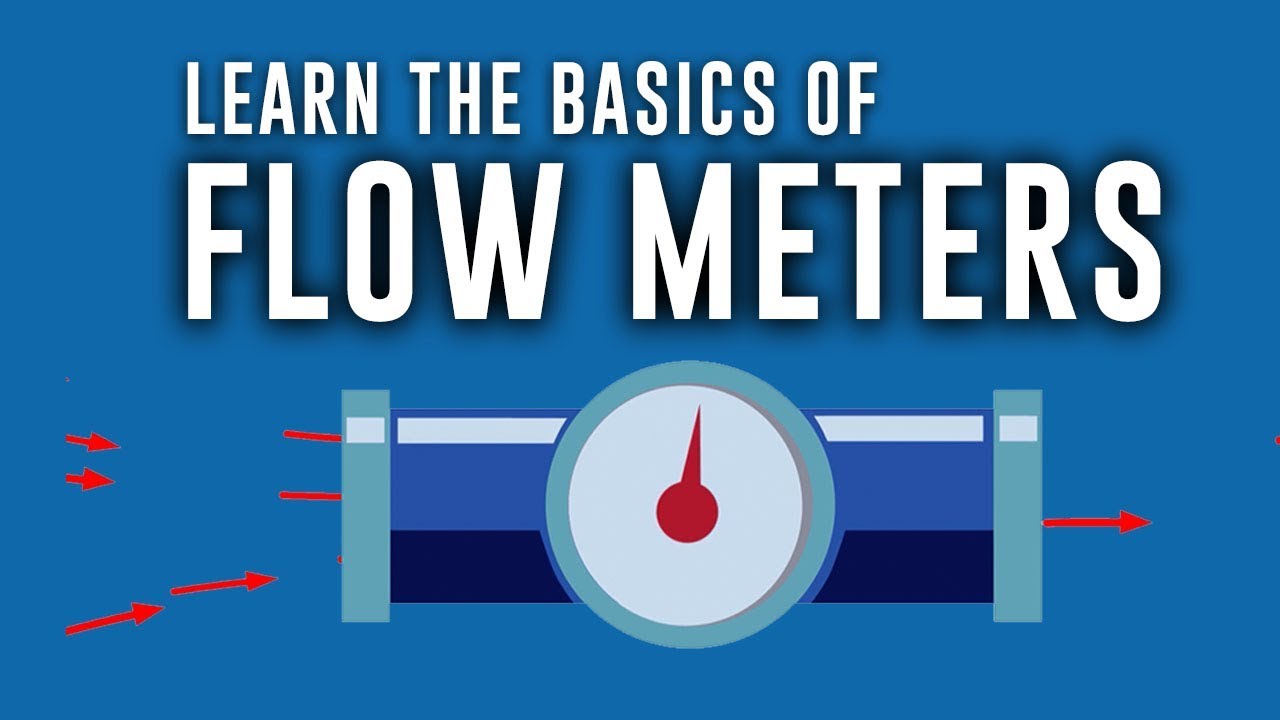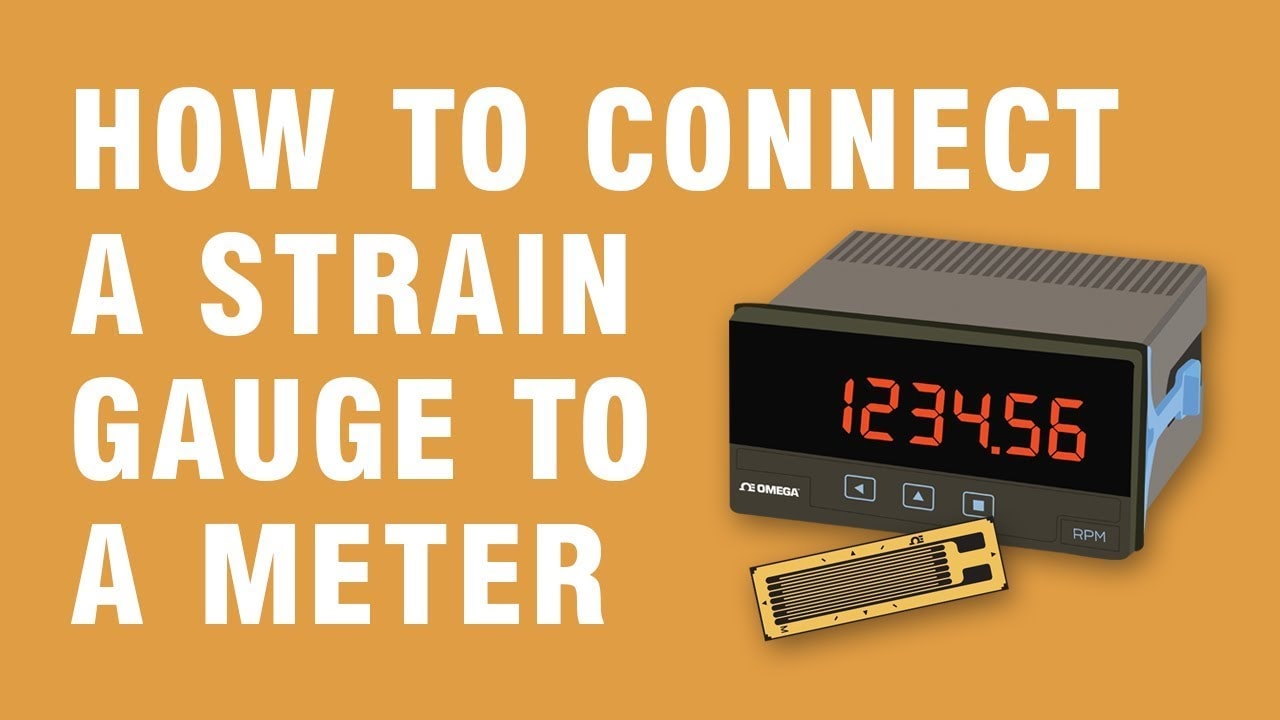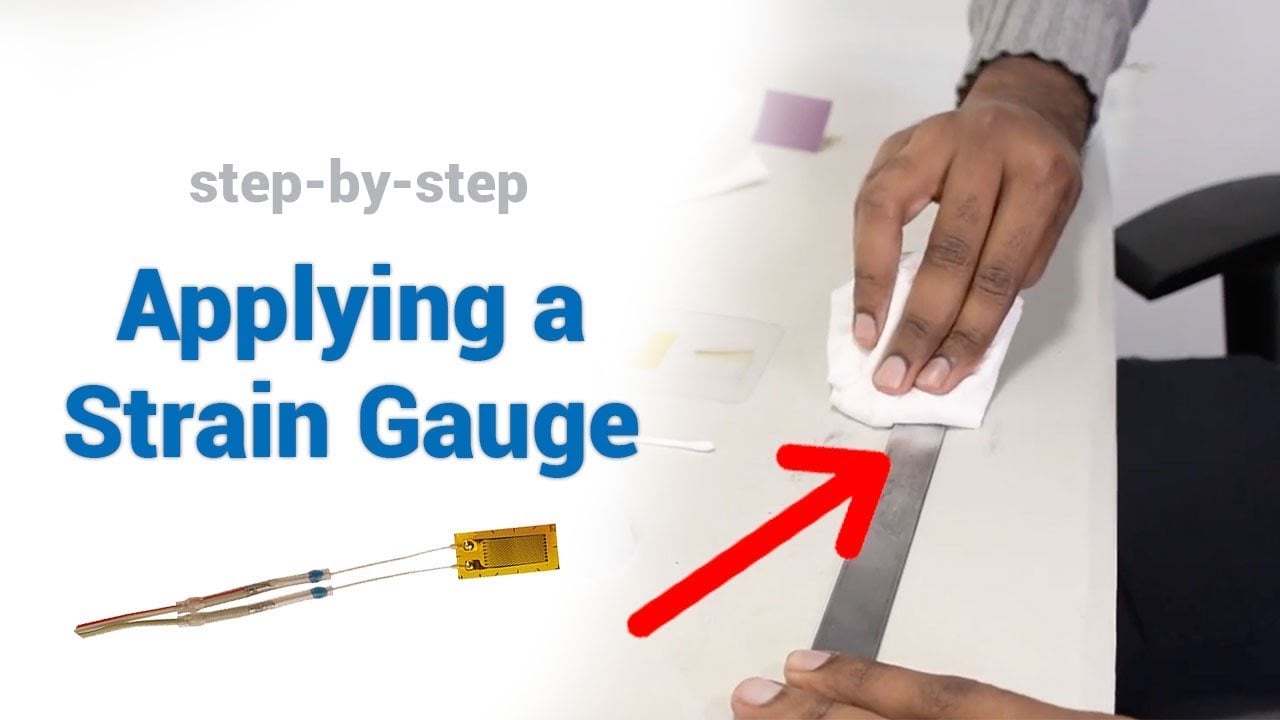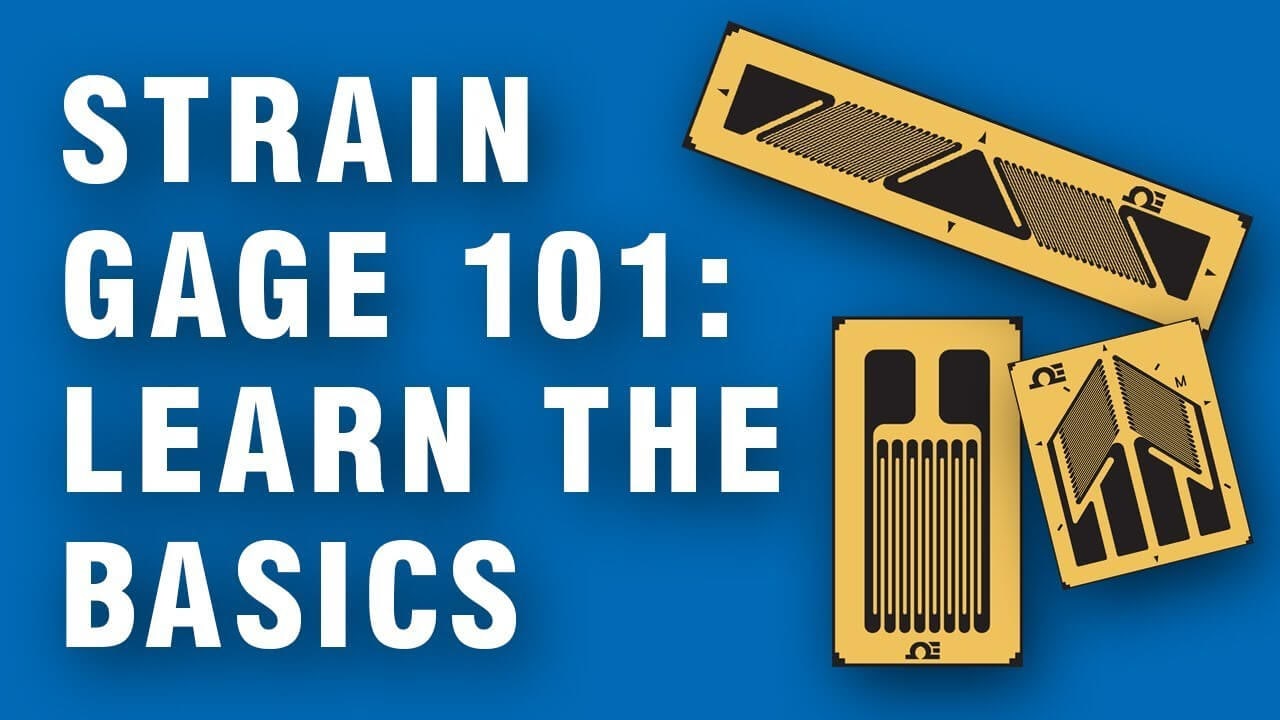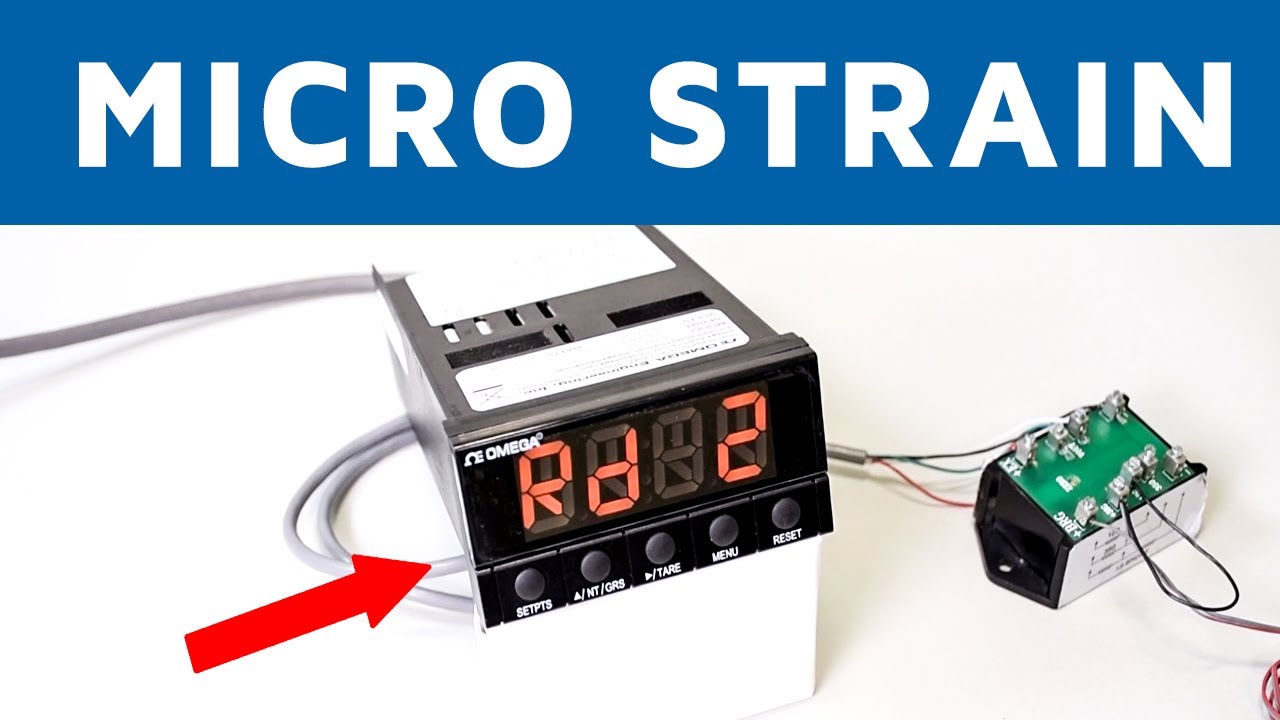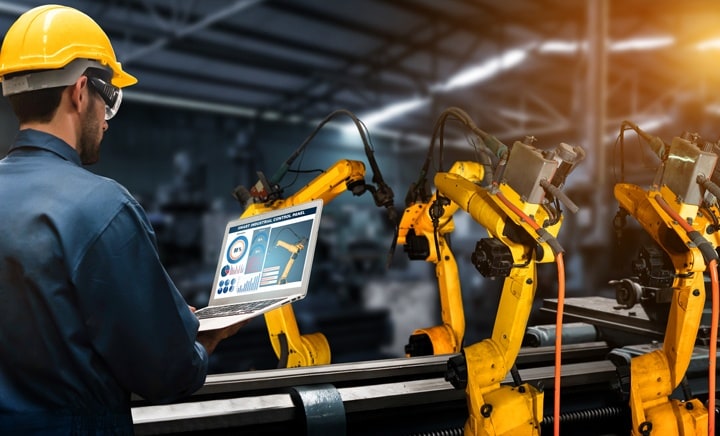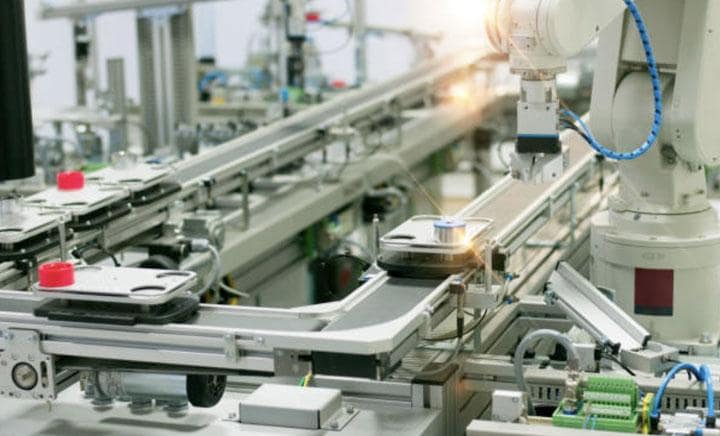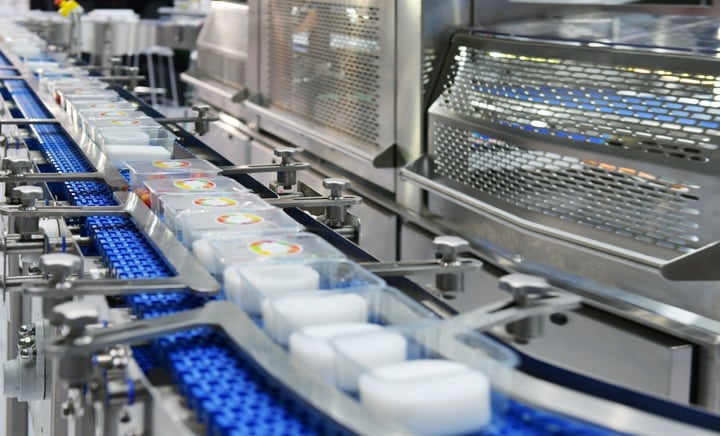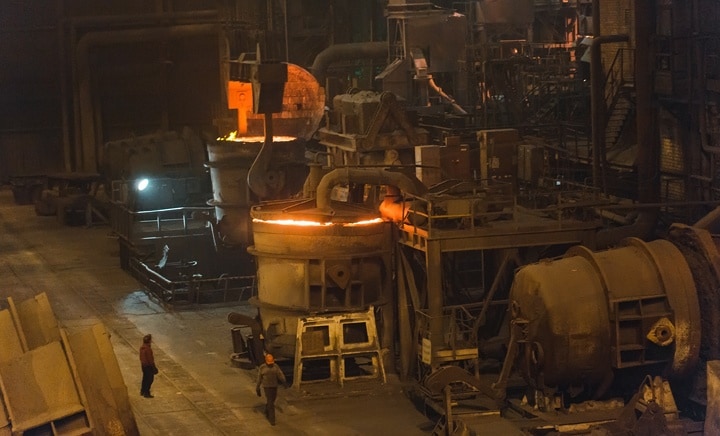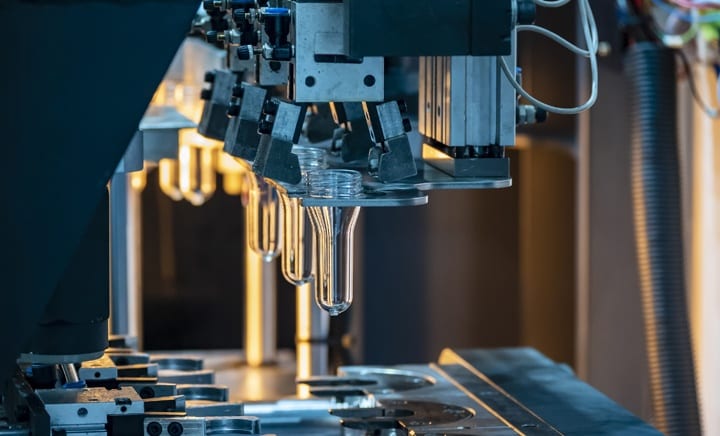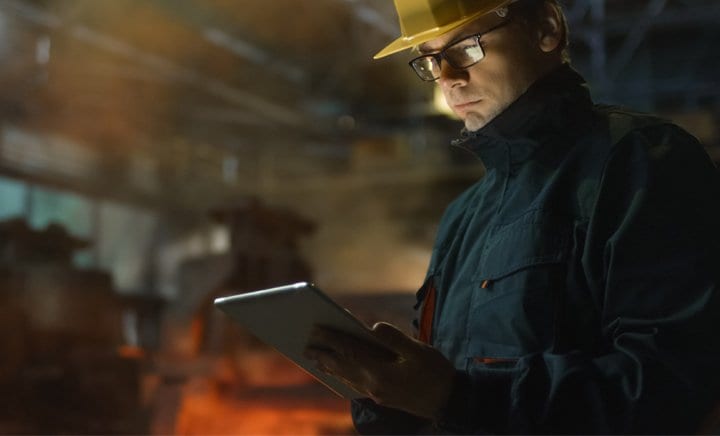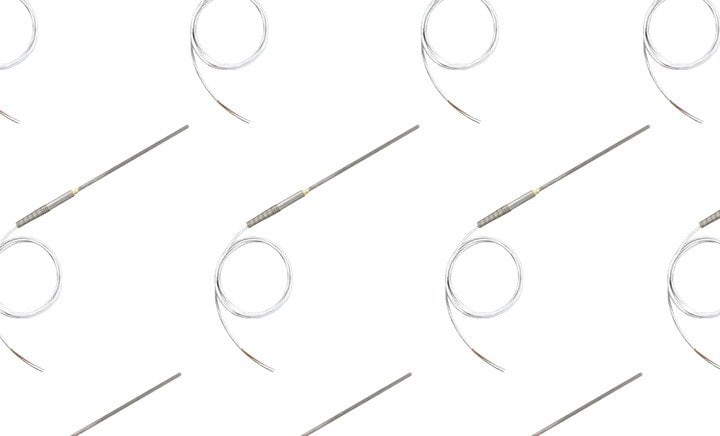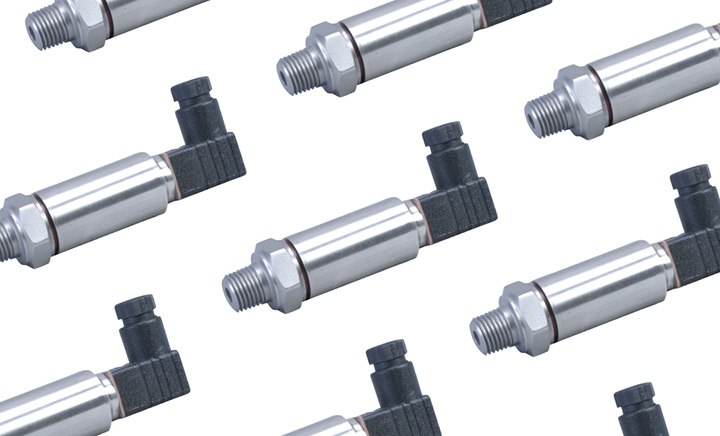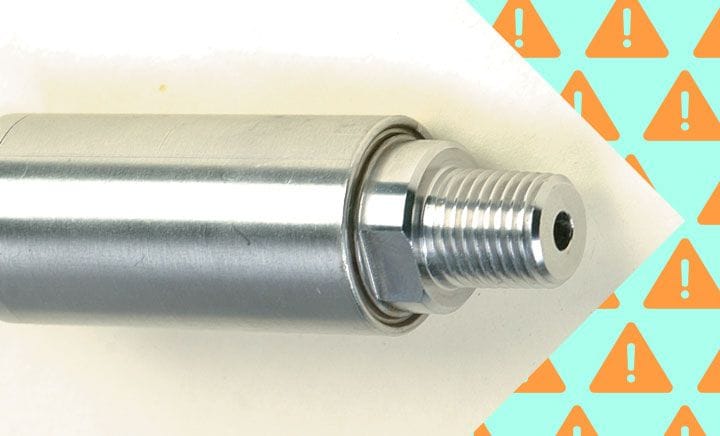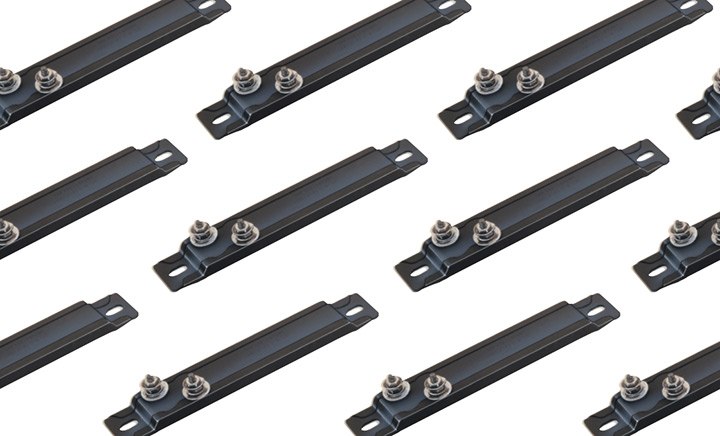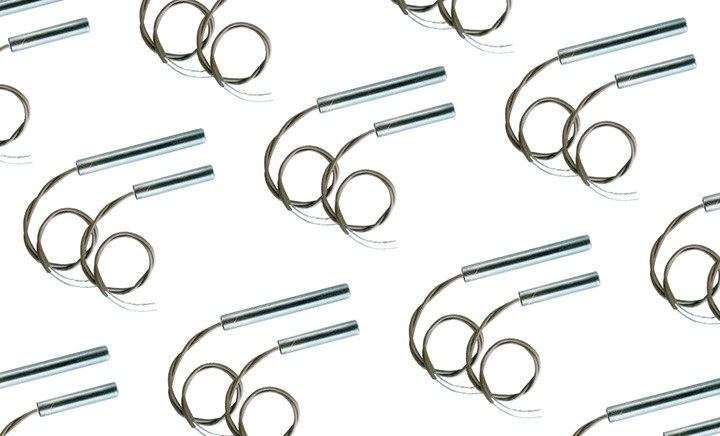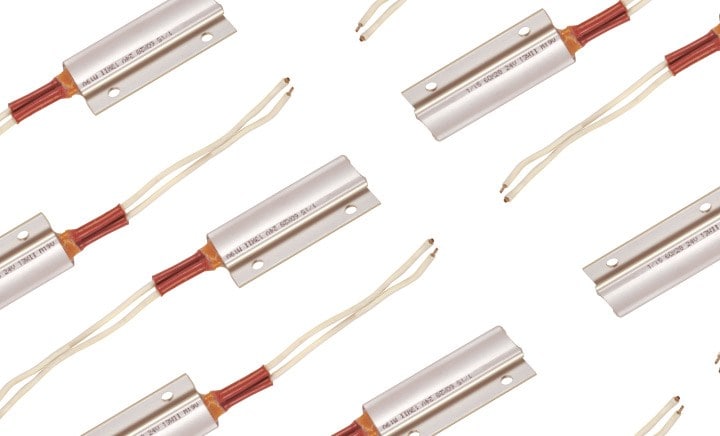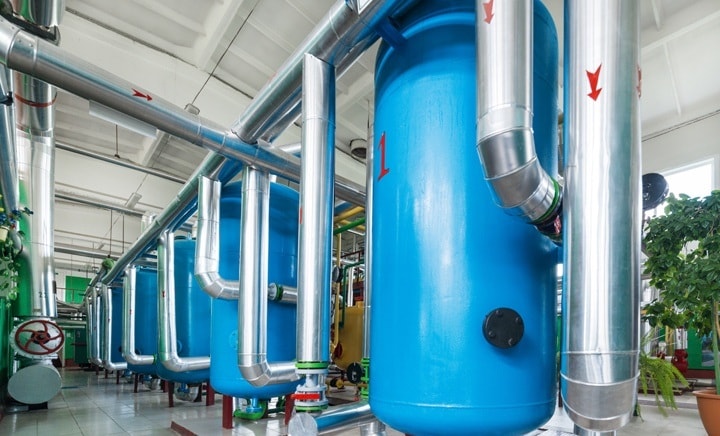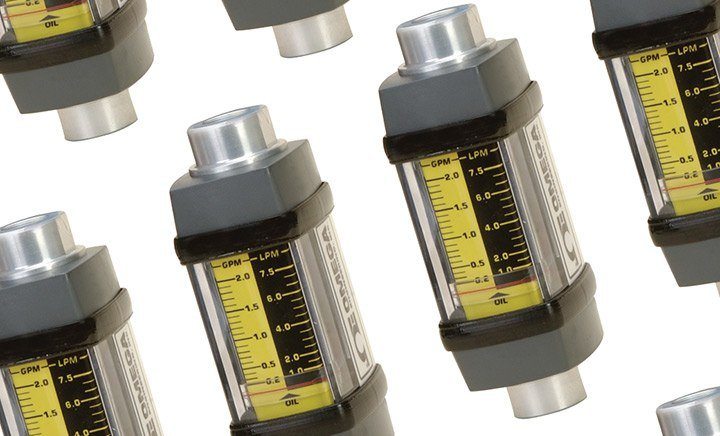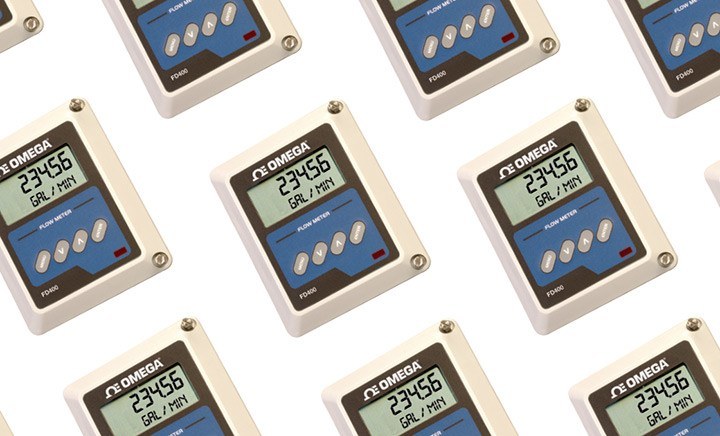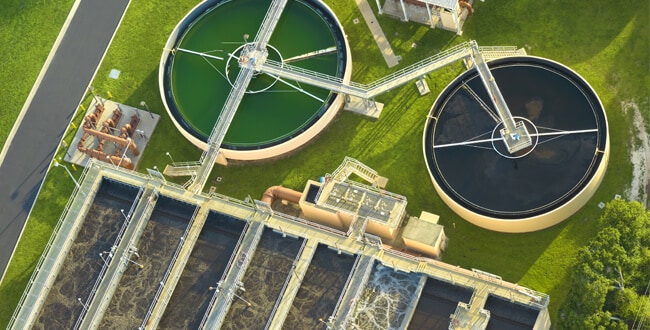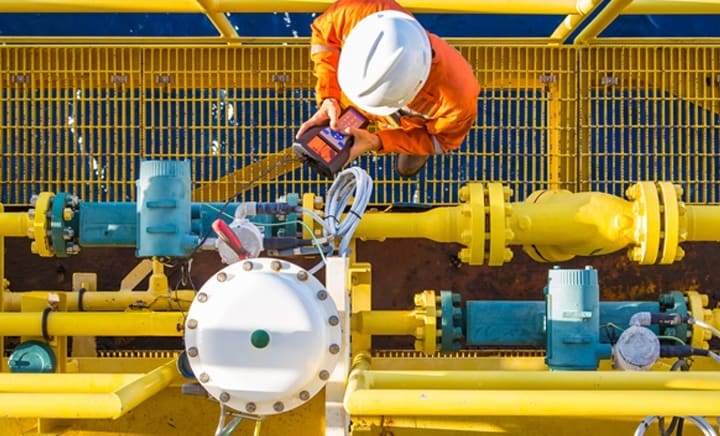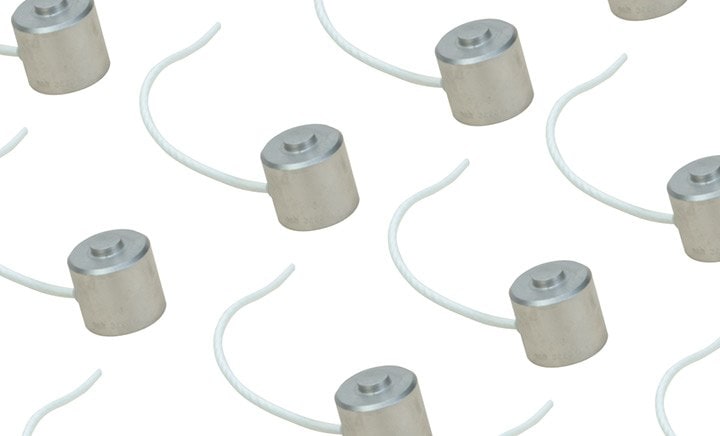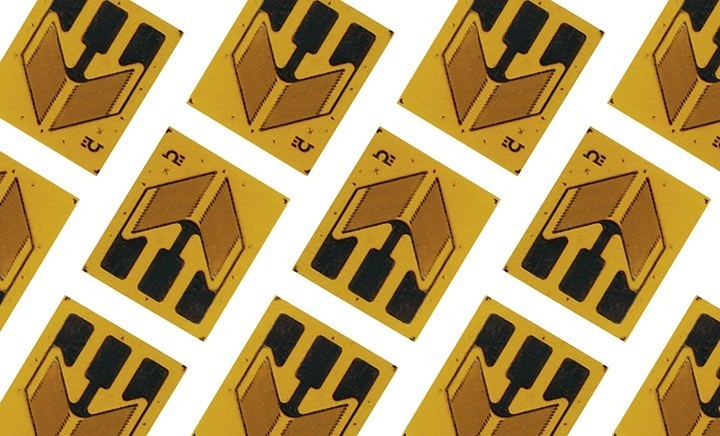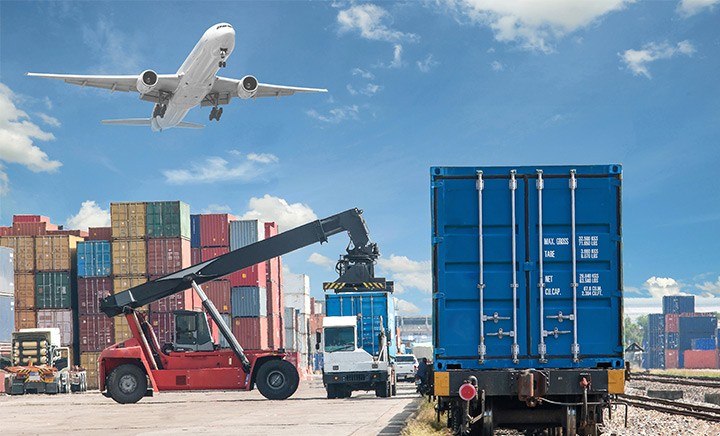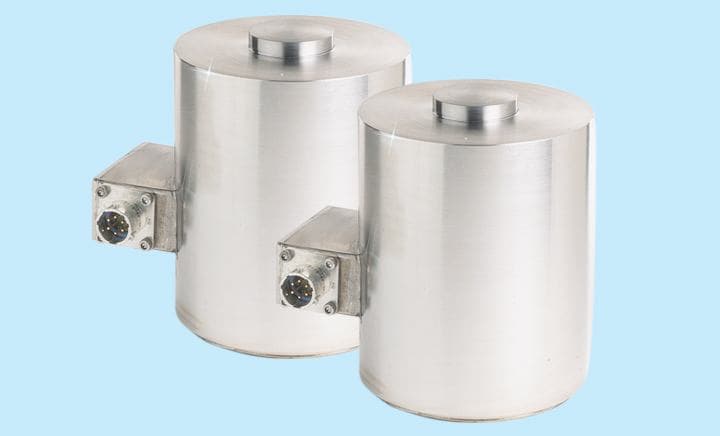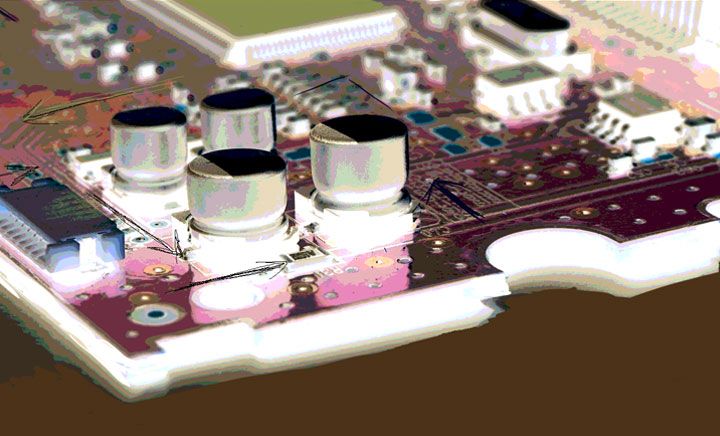
Differential Signal Vs Single-Ended Inputs One of the most common questions asked is the difference between single-ended and differential signals inputs, and what applications they should be considered in.
Tagged as:Technical Learning, Get Curious
Read More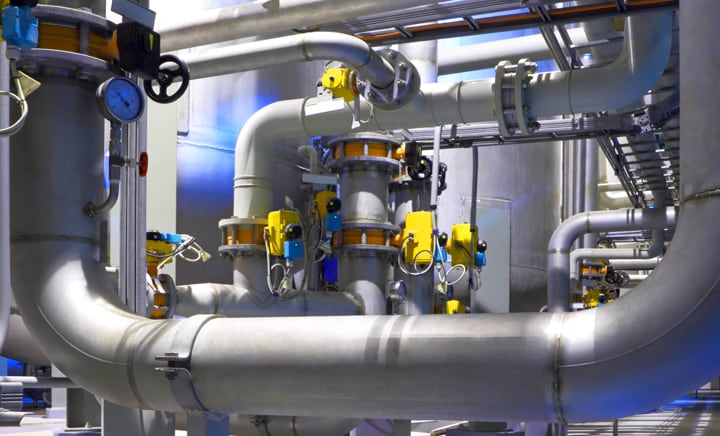
An Introduction to Venturi Flow Meters, Flow Nozzles, and Segmental Wedge Elements Venturi tubes are available in sizes up to 7 inches and can pass 25 to 50% more flow than an orifice with the same pressure drop
Tagged as:Technical Learning, Get Curious
Read More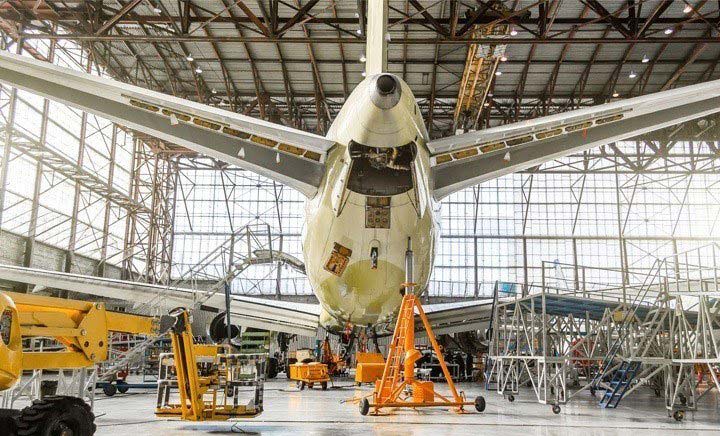
Pressure sensor Piezoelectric presssure sensors can further be classified according to whether the crystal's electrostatic charge, its resistivity, or its resonant frequency electrostatic charge is measured.
Tagged as:Technical Learning, Get Curious
Read More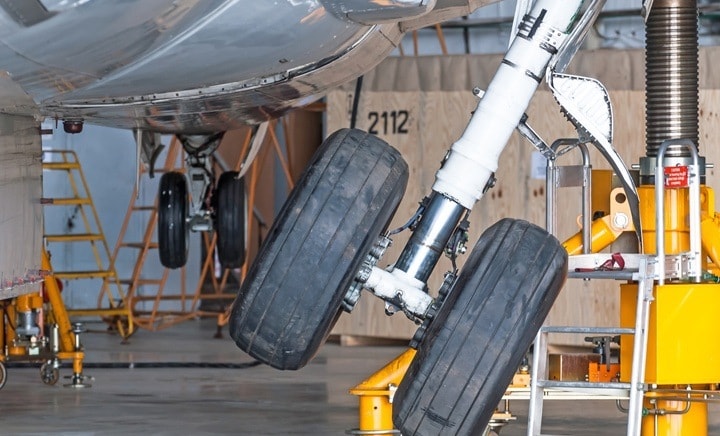
Strain Gauge When external forces are applied to a stationary object, stress and strain are the result.
Tagged as:Technical Learning, Get Curious
Read More
The RS-232 protocol Information being transferred between data processing equipment and peripherals is in the form of digital data which is transmitted in either a serial or parallel mode.
Tagged as:Technical Learning, Get Curious
Read More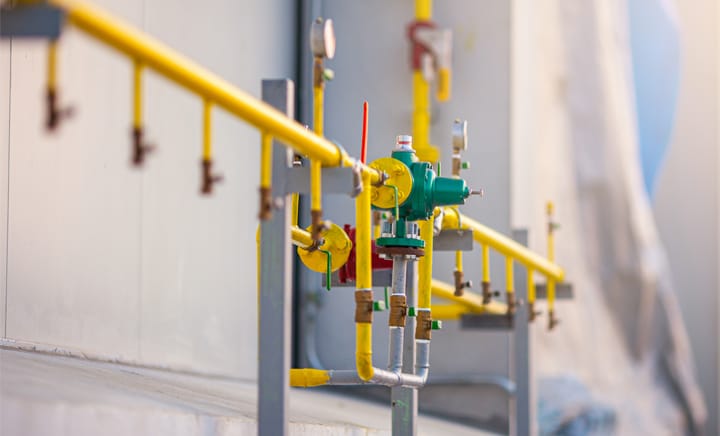
What is an Orifice Plate Flow Meter? The orifice plate flow meter is commonly used in clean liquid, gas, and steam services. It is available for all pipe sizes but it is very cost-effective for measuring flows in larger ones (over 6 inches diameter).
Tagged as:Technical Learning, Get Curious
Read More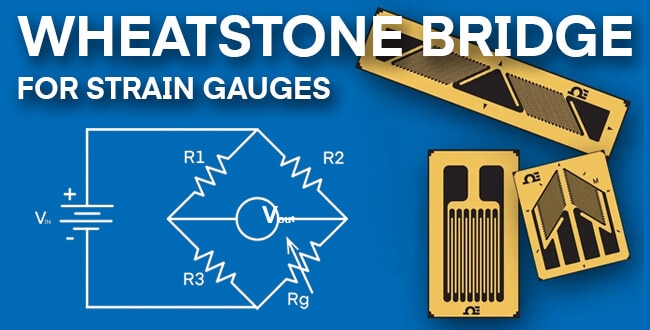
Wheatstone bridge for strain gauges In order to measure strain with a bonded resistance strain gauge, it must be connected to an electric circuit that is capable of measuring the minute changes in resistance corresponding to strain.
Tagged as:Technical Learning, Get Curious
Read More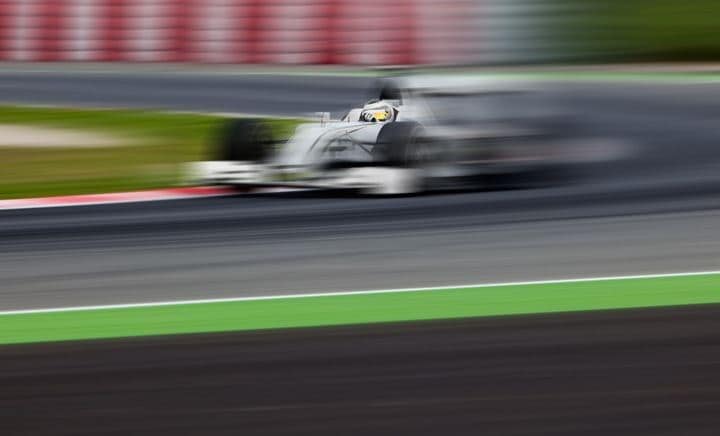
An Introduction to Pitot Tubes and Probes Although the pitot tube is one of the simplest flow sensors, it is used in a wide range of flow measurement applications such as air speed in racing cars and Air Force fighter jets
Tagged as:Technical Learning, Get Curious
Read More
